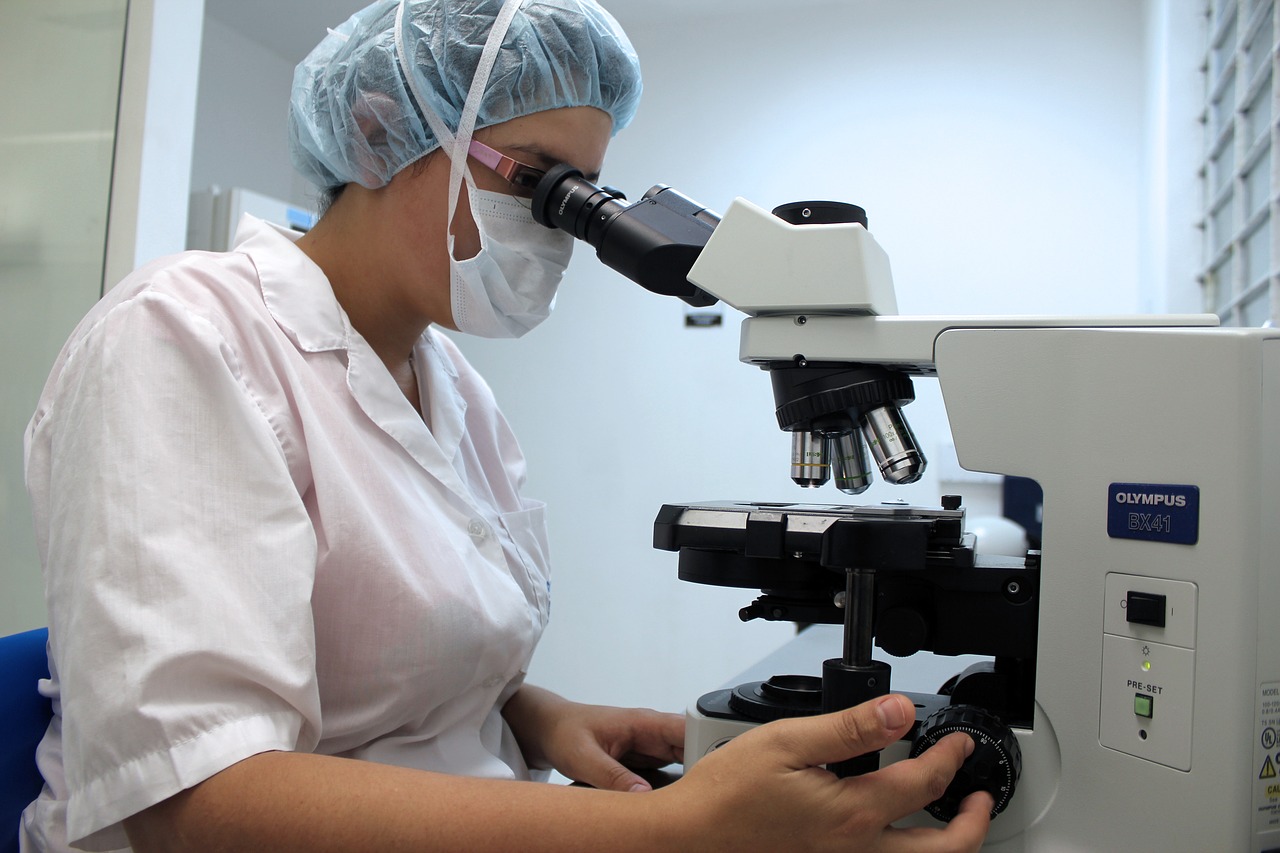Diagnosis:
Diagnosis of diseases in traditional medicine particularly in the older forms, is based on mainly physical and psychological symptoms. These symptoms are determined by the following methods:
- Directly questioning the patient about the onset of the disease and past history of the disease if it is a recurrence of any previous problem.
- Delving into the patient’s past life and his family history to find out if he has inherited it from any member of his immediate family, as happens with diabetes, asthma or sickle-cell anaemia.
- Patient’s description of the ailment and his present physical or psychological problems.
- Observation of the patient for any gross abnormality in his posture or breathing or body temperature or any change in his eating habit or social behaviour.
- Visual examination of the patient’s eyes, particularly its colour (for anaemia or jaundice). tongue (for any deposition, etc) and skin (for rashes).
- Clinical examination of overall appearance inspection of movable parts palpation, etc. Intensity, duration and change o body temperature With time are also examined by touching the body of the patient With the palm.
- Biological examinations by the use of sensory organs, e.g .. tasting urine by tongue for presence of sugar. smelling sores for putrefaction, observing stool and vomits for any abnormality and change in colour, consistency and smell.
- Divination like bone-or seed-throwing for formation of any characteristic pattern and consultation with the spirits or supernatural creatures through a trance.
- Use of astronomical signs to find any relationship, particularly in case of mental diseases.
- Use of mind changing drugs to influence the patient to talk freely about his disease, life-style and other personal habits, which he would not reveal under normal condition.
- Analysing any recurring dreams of the patient.
By a combination of these diagnostic methods and using his skill and experience a traditional practitioner often succeeds in correctly diagnosing the disease. However, many present-day traditional healers do use modern technological and biochemical diagnostic methods to determine the correct nature of diseases.

Treatment:
Treatment The methods of treatment used in traditional systems depend on the nature of the disease and specialisation of the practitioner. However, following are some of the methods, which are generally used for treatment in traditional medicine practice:
- Internal and external application of medicinal products, prepared by the respective traditional medicine system.
- Physical manipulation of various parts of the body, similar to physiotherapy of modern medicine.
- Performing rituals like offering prayers, sacrificing animals in the name of Creator or Deity, feeding distressed people, etc.
- Subjecting the patient to physical torture, like beating, forced sniffing of smoke from burning hot chilies, etc.
- Psychotherapy (treatment by counselling) and spiritual or faith healing by the use of religious verses (blown on water to drink or on food to eat) and amulets are commonly used in traditional medicine.
- Therapeutic fasting (asking the patient to fast for a specified period), and dieting (reducing the quantity. prohibiting certain food and selecting the type of food the patient should be taking while suffering from obesity, high blood pressure, diabetes, asthma, etc.).
- Hydrotherapy (application of bath, massage and compression with cold or hot water). Hot baths are prescribed for fever, rheumatism. headache and body-pain. Hot and cold water compressions are frequently used in the treatment of sores, compressions are frequently used of sores in the treatment sprains, inflammations, swellings and rheumatism.
- Heat therapy, including cauterization, for treating pains, inflamed muscles and joints, rheumatism, gout, muscle-pull, strained or sprained organs, fractured bones, etc.
- Blood-letting (draining out or sucking out ‘impure’ or ‘bad’ blood from the body by making incisions or opening of artery for bringing out blood is often prescribed for headaches and vertigo).
- Bone-setting (for fractured bones) and spinal manipulation (in the treatment of slipped disc, spine dislocation and backache).
- Massage (for muscle strains and to improve blood circulation as well as functioning of nerves) and also minor surgical operations are also commonly used as means of treatment in traditional medicine.

